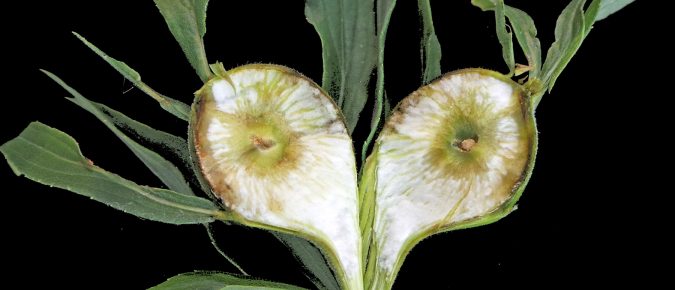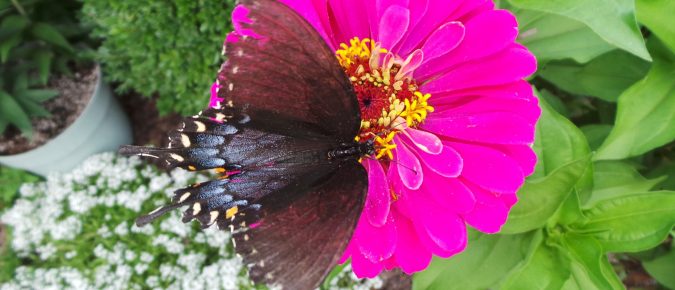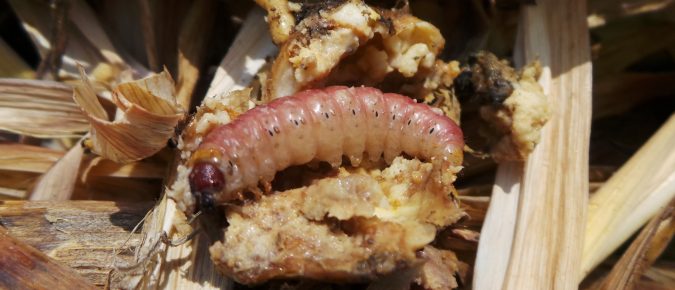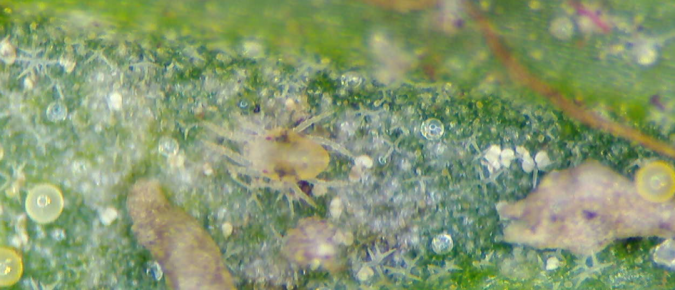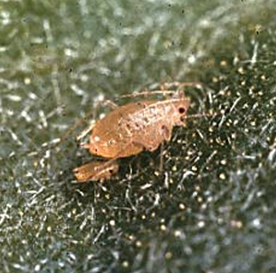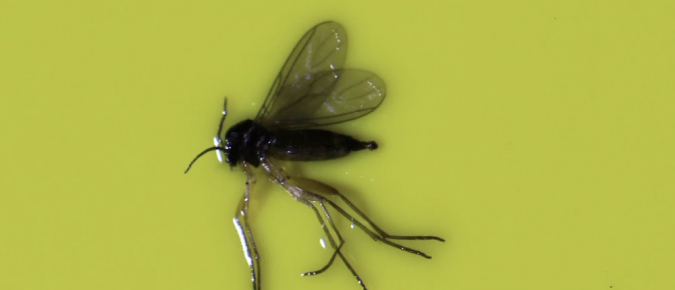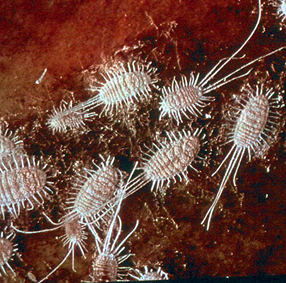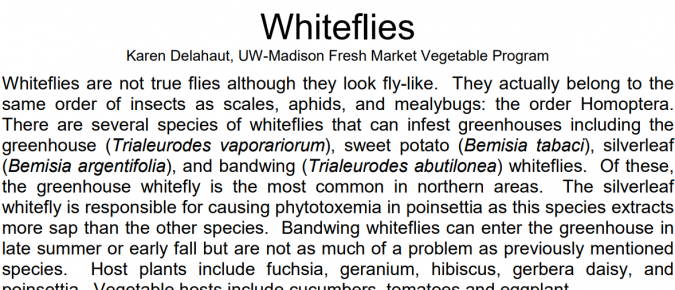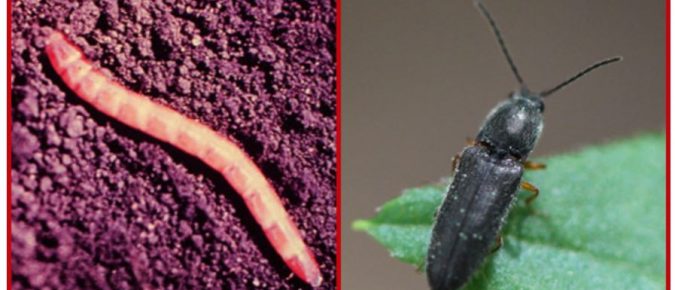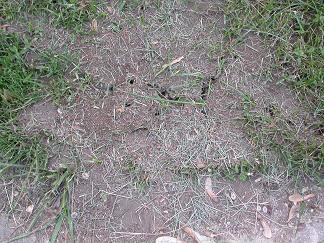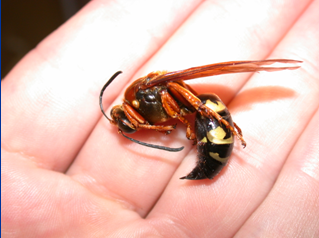You’ve probably seen spherical swellings on goldenrod stems at one time or another, but do you know what caused those? A type of small fly with patterned wings is responsible for the most common gall on goldenrods. To learn more about the goldenrod gall fly and how it creates those golf ball-sized growths, read this article…
If you’ve seen a large, mostly black butterfly lately, chances are it was a black swallowtail, a very common butterfly of eastern North America. The colorful caterpillars feed on many herb garden plants while the adults nectar at a variety of flowers. To learn more about this species and how to encourage it in your garden, read this article…
Iris borer is the most serious pest of iris in Wisconsin. Iris plants attacked by iris borer will discolor, wilt, and die during late June and July. On close examination of affected plants, a pinkish-white caterpillar can be found feeding on the inside of rhizomes. This factsheet covers identification and control of this serious pest.
Western flower thrips are likely the most serious pest of greenhouse crops in the world. Learn about these pests, the damage they cause, and management options in this factsheet.
Several types of mites can cause serious damage to a variety of greenhouse crops. Learn why mites are a problem in greenhouses, and what to do about them, in this factsheet.
Aphids can be persistent and serious pests in the greenhouse, and can be difficult to control due to high reproductive capability and insecticide resistance. Learn more in this factsheet.
Fungus gnat feeding on plant roots can cause root rots in greenhouse settings. Shore flies are often confused with fungus gnats in the greenhouse. Learn about these pests here.
Mealybugs are slow-moving, small, oval insects covered in white cottony wax. This factsheet describes the identification, biology and management of this insect pest.
Whiteflies are not true flies, but belong in the same order as scales, aphids and mealybuts. Several species can infest greenhouses. Learn how to identify and manage this pest in this factsheet.
Authors: David Lowenstein and Russell Groves, UW-Madison EntomologyLast Revised: 05/22/2020X-number: XHT1045 Wireworms are the larvae of several species of click beetles (Family Elateridae). These beetles flip into the air with an audible click when turned on their backs. Wireworms feed primarily on grasses (including grass crops such as corn) but have a broad host range that includes vegetables […]
Field ants are common in Wisconsin, and noted for producing large mounds that ruin home lawns and interfere with landscape plantings. This factsheet discusses identification and control.
Cicada killer wasps are common in the southern part of Wisconsin. These non-aggressive wasps feed on cicadas. Learn more in this factsheet.

